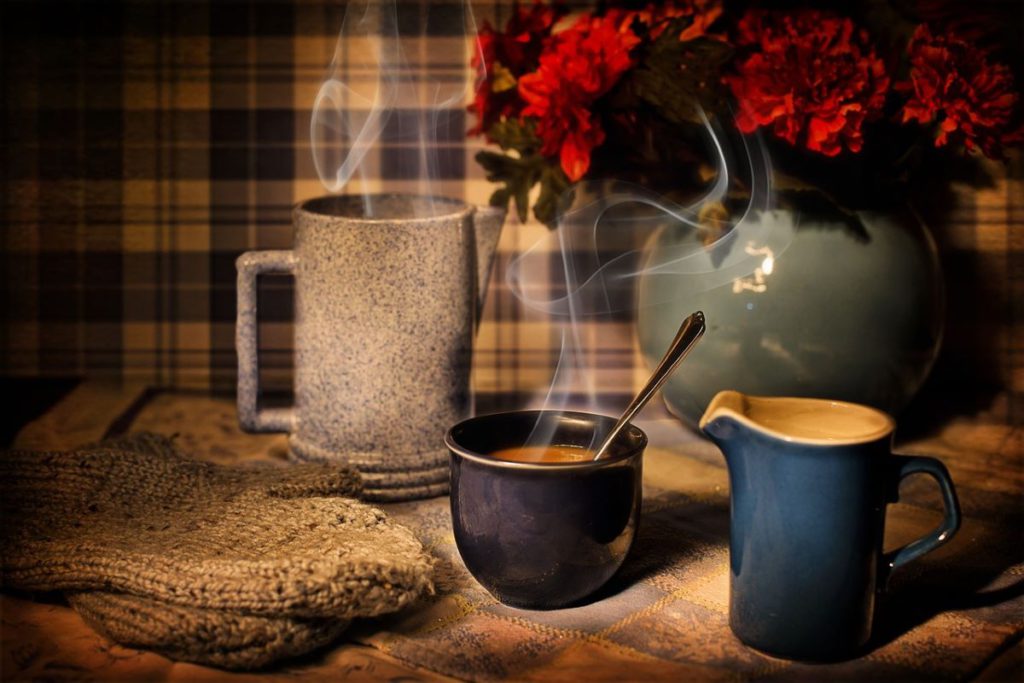Winter is a season that brings chilly temperatures, harsh weather conditions, and increased energy consumption. It’s essential to take proactive measures and winterise your living space to ensure your home remains comfortable, energy-efficient, and protected during winter. We have gathered expert advice and practical tips to guide you in effectively winterising your home. By implementing these strategies, you can reduce heat loss, prevent damage, and create a cosy haven to withstand the winter elements.
Insulate Your Home
One of the most crucial steps in winterising your home is to ensure proper insulation. Inadequate insulation can lead to significant heat loss, causing your heating system to work harder and increasing energy bills. Start by inspecting your windows and doors for drafts. Apply weatherstripping or caulking to seal any gaps or cracks. Additionally, consider adding insulation to your attic, basement, and walls, as these areas are primary sources of heat loss. Consult an insulation professional for guidance on the most suitable insulation materials and techniques for your home.
Maintain Heating Systems

Efficient heating systems are crucial for a cosy home during winter. Prioritise the maintenance of your furnace or heating system by scheduling a professional inspection. This service ensures optimal performance, prolongs the system’s lifespan, and reduces energy consumption. Additionally, don’t forget to change smoke and carbon monoxide detector batteries. If you have an instant hot water system, include it in the maintenance routine. Proper care and regular checks of your heating systems, including instant hot water systems, guarantee a warm and comfortable environment throughout the winter season while promoting energy efficiency and ensuring your family’s safety.
Protect Pipes and Plumbing
Preventing frozen pipes is essential to avoid costly damage to your home’s plumbing system. Safeguard your pipes by insulating exposed ones in unheated areas with pipe insulation sleeves or heat tape. Remember to disconnect and drain outdoor hoses and shut off exterior faucets. Additionally, include toilet plumbing in your winterisation efforts. Insulate the toilet tank with a specialised foam wrap to prevent freezing. Promptly address any signs of frozen pipes by applying gentle heat or contacting a professional plumber. By taking these precautions, you can safeguard your plumbing system, including toilet plumbing, and ensure uninterrupted water flow throughout the winter season.
Seal Air Leaks
Air leaks in your home can result in significant heat loss and increased energy consumption. Inspect your home for gaps and cracks around windows, doors, vents, and electrical outlets. Applying caulking or weatherstripping can help to seal these areas and prevent drafts. A door draft stopper or draft snake can also be placed at the bottom of doors to reduce heat loss. Pay particular attention to areas where different building materials meet, as they are common culprits for air leaks. If you have a fireplace, ensure the damper is tightly closed when not in use to prevent cold air from entering your home. Sealing air leaks will not only keep your home warmer but also save you money on heating costs.
Prepare the Exterior
Winter weather can be harsh on the exterior of your home. Take steps to protect it by inspecting and cleaning the gutters to prevent ice dams from forming. Trim tree branches that are close to your house to minimise the risk of them falling during storms. Drain and store garden hoses and shut off exterior water valves to prevent them from freezing. Consider applying a fresh coat of weather-resistant paint or sealant to your home’s exterior surfaces to protect them from moisture and harsh conditions. Also, make sure that your snow removal equipment, such as snow blowers or shovels, is in good working condition and easily accessible.
In a nutshell, winterising your home is a proactive approach to ensure comfort, energy efficiency, and protection during the winter season. By following expert advice and implementing practical tips, you can create a cosy and well-insulated living space while reducing energy costs and preventing potential damage.
Remember, it’s always beneficial to consult professionals for guidance and assistance tailored to your specific home and needs. With proper winterisation, you can create a welcoming and comfortable environment for you and your family to enjoy throughout the colder months.
So don’t wait until the first snowfall or freezing temperatures arrive. Start preparing your home now and reap the benefits of a well-winterised living space. Stay cosy, save energy, and enjoy the winter season to the fullest!
